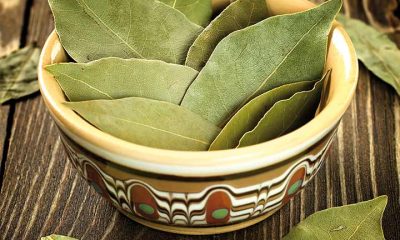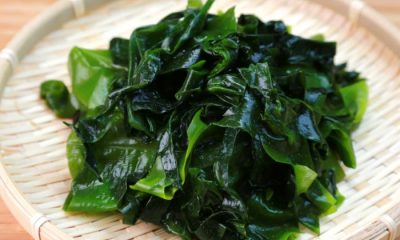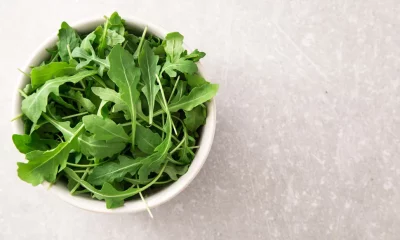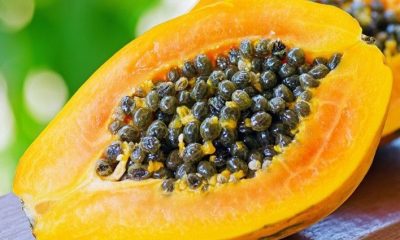Health
Benefits of hyaluronic acid for acne

Discover the benefits of hyaluronic acid for acne.
In most acne scars there is a loss of skin volume ( atrophy ), which gives the area where they form a depressed or “engraved” appearance.
This atrophy is the product of a lack of hyaluronic acid and collagen in the dermis, the intermediate part of the skin, responsible for giving the turgidity, volume, and elasticity of healthy skin.
Methods of treatment
There are different methods to treat atrophic scars, which we could classify into two different groups according to their speed of action:
· Immediate effect. They are called fillers, biocompatible substances that can be injected into the skin to give volume to areas that have lost it.
Among them, those of hyaluronic acid, polylactic acid, or calcium hydroxyapatite stand out among others. Its turgid effect is immediate, filling cavities, furrows, and atrophic areas of the skin with very natural results. The duration of these materials is limited, so periodically (every 6 – 18 months ) it is common to practice a new session.
· Delayed effect. It implies that they promote the synthesis of collagen and ground substance of the dermis. It is worth mentioning the fractional lasers (ablative or non-ablative) and the intermediate and deep peels.
The main advantage of these methods is that their effect is permanent once the optimal point of improvement has been reached, which is not immediate but after practicing several sessions of the procedure.
Hyaluronic acid is indicated in the treatment of atrophic, depressed, and ice-pick acne scars. There are different densities of hyaluronic acid, designed to treat different forms of atrophy or loss of volume.
For the treatment of moderate or ice pick acne scars, it is useful to use low and intermediate densities; and to recover a large volume in especially atrophic areas, it is possible to use higher densities to cover the maximum repertoire of defects.
The main advantages of using hyaluronic acid lie in its immediate action, its durability, its biocompatibility, and its minimal allergenic potential. This molecule can fill in atrophic scars, providing optimal volume immediately and in the short term, promoting collagen synthesis in the long run.
In this way, the irregularity on the surface of the skin is substantially reduced after the application of hyaluronic acid, improving the overall appearance of the skin in the treated area.
Another positive aspect of using hyaluronic acid is that it usually only requires a single application session. Likewise, fillers are one of the best tolerated aesthetic procedures since they have a minimal rate of adverse effects and the pain caused is minimal if a precise technique is followed. Slight erythema (redness) that lasts 2-4 hours after the procedure is common and can be reduced with the application of cold compresses.
According to studies published by Halachmi et al, the satisfaction rate and results in patients with atrophic acne scars and ice pick treated with hyaluronic acid are excellent.
The only limiting aspect of hyaluronic acid fillers is their duration. This molecule is naturally degraded in the skin, its effect persisting for 6-18 months depending on the density of hyaluronic acid used and the indication for which it has been applied.
Specifically, for acne scars, the duration of hyaluronic acid is the maximum possible, since it is retained within the fibrosis that partitions the scars. It should be remembered that, in the long term, this molecule favors the synthesis of collagen, so that the perceptible effect is progressively more durable as different sessions are carried out.
FREQUENT QUESTIONS
What is the main indication of hyaluronic acid in acne scars?
Its main effect is to fill in depressed scars and regularize the appearance of the skin surface.
When is the effect of hyaluronic acid noticeable?
The effect of hyaluronic acid is immediate and noticeable at the end of its application. Over a week or so, the hyaluronic acid settles in the applied area and the surface where it has been applied progressively becomes even more regular.
How is hyaluronic acid applied?
The procedure is performed in the Dermatology consultation through microinjections applied under the scars to be treated. An anesthetic cream is usually used before the session and it is very tolerable, with minimal discomfort.
How many hyaluronic acid sessions are needed to treat facial acne scars?
In general, if they are not very deep or extensive, one is enough.
How is the face after doing the filling session?
The corrective effect of hyaluronic acid is immediate. At the end of the session, most atrophic and depressed scars have recovered all or part of their lost volume. Immediately after the session, it is usual to see some redness in the treated areas and slight swelling, which usually lasts between 2-4 hours.
It is possible, although infrequent, that during the procedure a minimal punctual hematoma may appear in an injection area, which will disappear spontaneously over a week or so.
Is it a painful procedure?
Filling with hyaluronic acid after application of anesthetic cream is one of the most well-tolerated and appreciated aesthetic procedures, with an excellent satisfaction rate for the patient.
Can fillers be combined with other acne scar treatments?
Yes. They can be used concomitantly with ablative/non-ablative peels or lasers, or even botulinum toxin if desired. It is recommended, yes, to carry them out in different sessions.
Is the effect of hyaluronic acid definitive?
No. Although with each session there is a certain accumulation of the effect due to the collagen synthesis promoted by hyaluronic acid, it is advisable to perform a filler every 6-18 months depending on the indication and the area to be treated.
Health
8 shocking health benefits of selenium
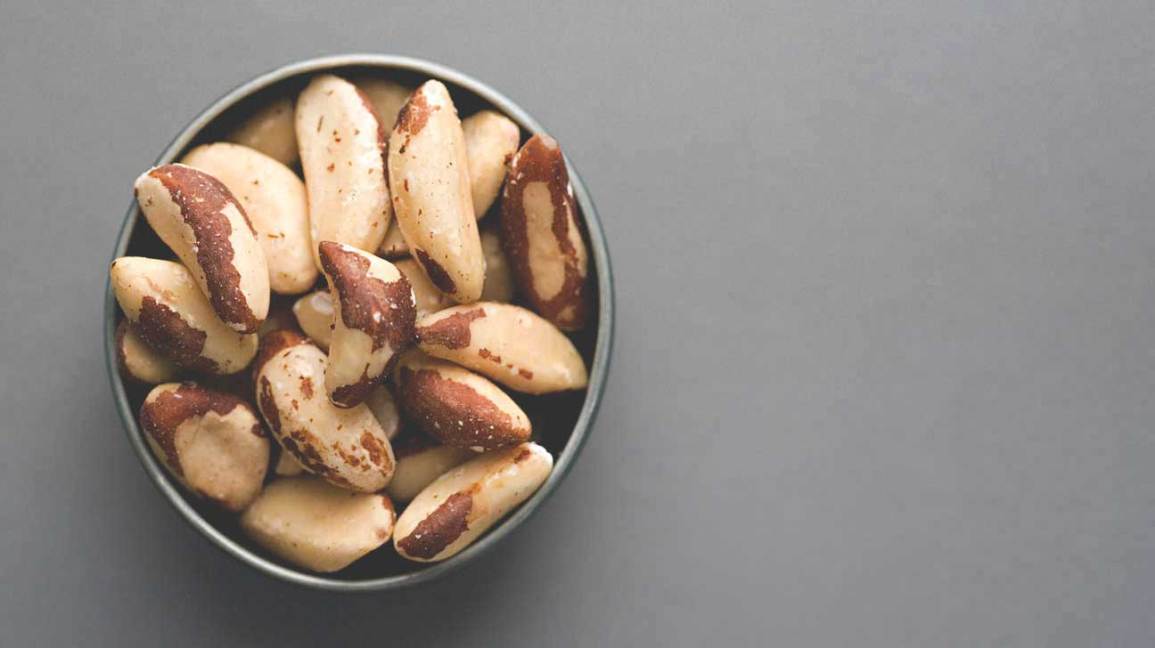
Table of Contents
Health
15 shocking health benefits of coriander leaves

Table of Contents
Discover the 15 shocking health benefits of coriander leaves
There are many health benefits of coriander leaves that you can get which are very helpful as disease prevention and natural treatment method.
Besides, it is very easy to consume these coriander leaves, since you can combine them with other spices when you prepare your food.
Here are several health benefits of coriander leaves that you can get by consuming them in your diet.
1.- Antibiotic
The first health benefits of coriander leaves that you can get are for the antibiotic effect.
Especially when it is used as a treatment for digestive problems, for example, diarrhea that causes pathogens, so they need some antibiotics to cure it.
The reason is that within this plant there are borneol chemicals that can treat various health symptoms such as measles, gastric inflammation, hemorrhoids, flu, vertigo, high blood pressure, vomiting, breast inflammation, and even impotence.
2.- Antioxidant
Many studies are done to show the effectiveness of coriander leaves as an antioxidant.
Among the benefits of coriander leaves, there are antioxidant substances such as chlorogenic acid and caffeic acid, capable of fighting free radicals that cause skin oxidation.
Therefore, if you consume these coriander leaves as part of your daily intake, you will be able to protect your skin from wrinkles due to that free radical.
It turns out that the health benefits of coriander leaves are also usable for cancer.
Especially since there are many types of antioxidants within these leaves that can prevent cancer, such as Vit E, Vit C, caffeic acid, beta carotene, ferulic, kaempferol, and quercetin.
These substances are especially effective in reducing oxidative stress that can cause cancer.
Therefore, if you want to reduce your chances of developing cancer, then you may want to consume coriander leaves regularly.
4.- Inflammation
Among the benefits of coriander leaves, there is one of the most important essential oils is cineole.
Also, within these leaves, there is a component of linoleate acid.
Those two substances are great, especially for protecting you from various problems, like rheumatism and arthritis.
This is also suitable to be used as a treatment for inflammation, especially that which occurs on the skin.
Within these leaves is also atsiri oil, which is especially useful when used against infections caused by bacteria and fungi.
Because there is a lot of substance available within the leaves, it can be used as an antifungal, antiseptic, and disinfectant.
The antioxidant within these leaves is very powerful, so you can even use it to treat eczema and other skin problems.
5.- Heart
The health benefits of coriander leaves are also helpful for those experiencing any problems with their heart condition.
For those who have hypertension, try to consume this because it can lower your blood pressure effectively.
Especially since the calcium and cholinergic ion within these leaves are exceptionally effective in reducing the risk of developing cardiovascular disease, which also includes heart attack and stroke.
The essential oil within these leaves will also make your heart work better.
6.- Diarrhea
Inside the leaves are several essential oils that can make your digestion system work better, such as linalool and borneol. They can make your stomach work better.
Furthermore, you can even use the leaves to cure various digestion system problems such as diarrhea.
The reason is that within the leaves is a helpful substance that can treat diarrhea symptoms such as beta phellandrene, cineole, limonene, borneol, and alpha-pinene.
These substances are known for their antibacterial properties so they can cure the symptoms of diarrhea.
You can also consume coriander leaves when you want to vomit or nausea to relieve symptoms.
7.- Cholesterol
Cholesterol is very bad, as it can cause many types of diseases when not properly treated, such as a heart attack, diabetes, stroke, and many others.
So, if you want to lower the level of available cholesterol in your blood, try consuming these coriander leaves.
The leaves that contain potassium and sodium will be able to reduce them effectively as one of the health benefits of coriander leaves.
Other types of acidic substances that are known to effectively lower the level of available cholesterol within your blood are also available within these leaves, such as linoleate acid, palmitate acid, oleate acid, askorbat acid, as well as stearate acid.
Those substances within the leaves can reduce cholesterol buildup within the vein and artery wall. What’s more,
8.- Iron
These coriander leaves are also known as a good source of iron which is very helpful for many kinds of functions in your body.
First, it is used to make your bone healthy. It is also important in the formation of hemoglobin within your blood, as it will be used to carry oxygen throughout the body.
That is why; If you lack this iron nutrient, your heart beats too fast, you will feel great fatigue and various problems in your respiratory system.
It is also an important nutrient that can prevent anemia from happening to you.
9.- Eyes
As you know, the health benefits of coriander leaves are also very useful for your eyes.
Especially because within these leaves there is a beta carotene substance which is a form of Vit A.
Vitamin A is necessary for your eyes to become healthier and maintain their condition.
Additionally, the antioxidant within the leaves can prevent various eye problems such as cataracts and even macular degeneration.
Health benefits of coriander leaves
10.- Mouth ulcer
Within the leaves, you can also find citronellol, which is a very effective antiseptic.
That is why; you can use it effectively to treat mouth ulcers as it can make the healing process faster and also make your breath feel fresh afterward.
That could be why you may find coriander leaves used as an ingredient in toothpaste.
In the old days, when there was no toothpaste, the leaves were used to eliminate bad breath.
11.- Detoxification
Detoxification is a very important thing because the heavy metal inside your body can cause many kinds of problems in the future, such as autism, dementia, and infertility.
But don’t worry, as the health benefits of coriander leaves can also be used for the detox process.
These sheets are exceptionally effective when used to remove heavy metals that are very dangerous to your body, such as aluminum and even mercury.
12.- Insomnia
There is a time when you can’t sleep even though you don’t really think about anything and aren’t even stressed during the day.
Even though your body is already tired, sometimes you still have trouble sleeping properly.
The reason could be because the chemical composition within your body is an imbalance that makes your body unable to function properly.
This will stiffen your nerves so you will have trouble falling asleep.
When that happens, you may want to try the consumption of coriander leaves, as inside you can find phytonutrients and other substances capable of balancing the chemical composition of the body.
After the chemical composition within your body balances, your nerves will relax and you can easily fall asleep.
13.- Urolithiasis
Other health benefits of coriander leave that you can get come from the natural diuretic properties that this leaf has.
Due to these properties, the consumption of these coriander leaves will be able to promote urine production.
Hence, this sheet is also very effective when used to prevent urolithiasis from occurring.
Also, these leaves that have detoxification properties will detoxify your kidney.
This may reduce the risk of developing kidney stones in the future.
That is why; it is very good for you to consume this coriander regularly.
14.- Diabetes
You should know that by consuming coriander leaves, you will be able to activate your endocrine gland to work.
Furthermore, it will also cause the pancreas to produce more insulin, thereby increasing the level of insulin within the blood.
This insulin will be able to effectively dissolve the sugar in the blood, thus lowering the blood sugar level.
This is an exceptionally important process, especially for you, who have diabetes, so your blood sugar level will decrease by consuming these leaves.
Also, even when you do not have diabetes, consuming coriander leaves may reduce your risk of diabetes.
It can also make your body metabolize sugar better.
Therefore, it is still good for everyone to consume these coriander leaves regularly
15.- Vitamin K
You should know that within these leaves, you can also find vitamin K which has many health benefits from coriander leaves.
If you lack this nutrient, then your body will not be able to process blood clotting because the blood thickening process will be favored with the use of this vitamin K.
Therefore, if you do not get enough vitamin K within your body, then you will keep bleeding every time you get hurt, which will be very dangerous for your life.
Those are several health benefits of coriander leaves that you can get and are exceptionally helpful for treating and even preventing various diseases.
Within these leaves are a large number of essential oils that you can find that also have several useful properties for your health.
You can use these leaves as a natural treatment for various symptoms because the properties these leaves contain are very powerful in treating various diseases.
But it is not only useful as a treatment, this is also useful as prevention of those diseases in the first place.
That is why; The best thing for you is that you can consume these leaves regularly as it is often used as food.
But you should know that some of you might develop allergies after consuming these leaves.
Especially those who often experience allergies to spices so you need to know if you have an allergy when consuming coriander leaves or not.
If you have an allergy, you will also experience irritation to your skin.
So, try taking a little to see the effect before consuming it directly.
Health
Side effects of too much cinnamon
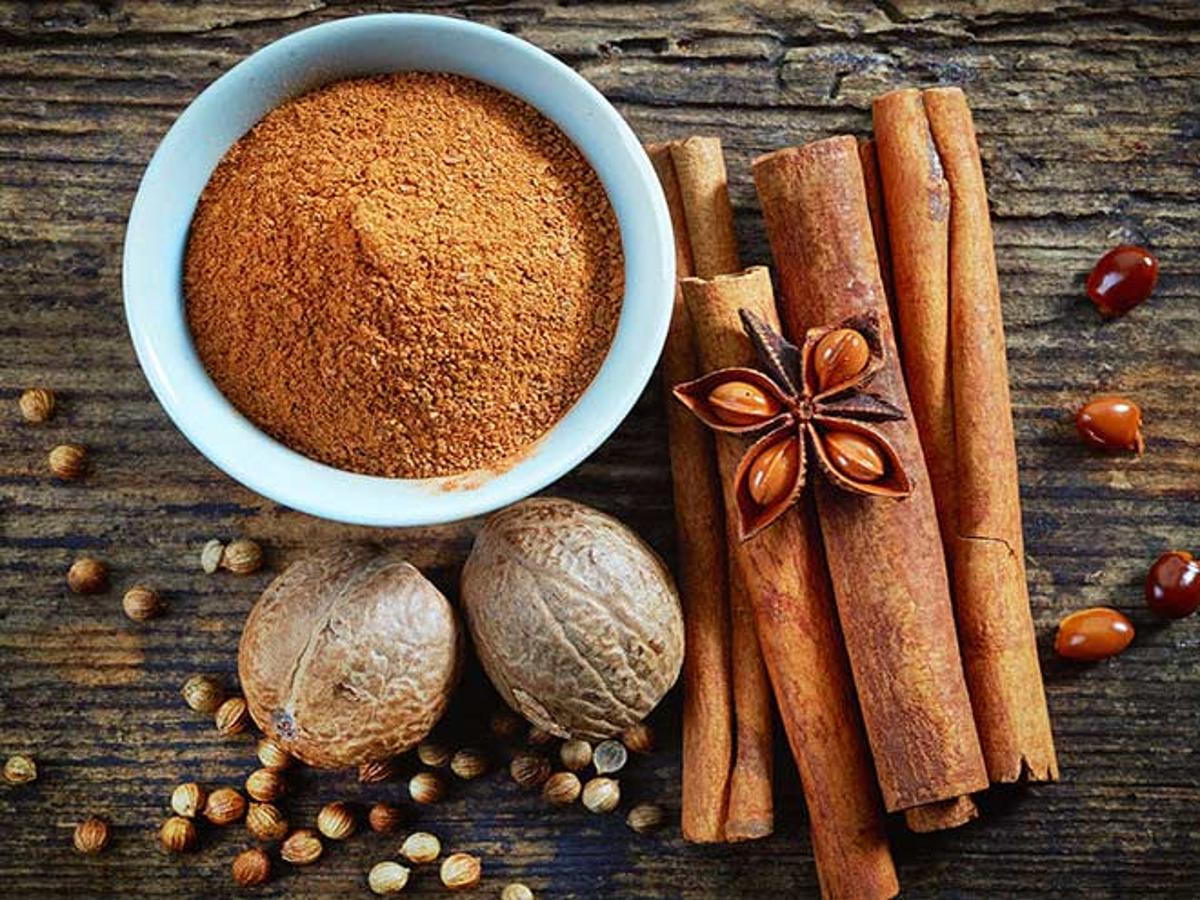
Table of Contents
-

 Benefits4 months ago
Benefits4 months agoThe Benefits of Joining Gym Lumolog – Improve Your Fitness & Health
-

 Food1 year ago
Food1 year ago10 + Benefits of carrot juice and side effects
-

 Health1 year ago
Health1 year ago50 Super Healthy (And Very Often Cheap) Foods
-

 Health1 year ago
Health1 year ago5 Shocking health benefits of kinkeliba and side effects
-

 Health1 year ago
Health1 year ago15 health benefits of soursop leaves tea and side effects
-

 Food1 year ago
Food1 year ago8 shocking benefits of leek juice and side effects
-

 Health1 year ago
Health1 year ago15 Benefits of lipton tea and side effects
-

 Health1 year ago
Health1 year agoBenefits of guava leaves Sensually



